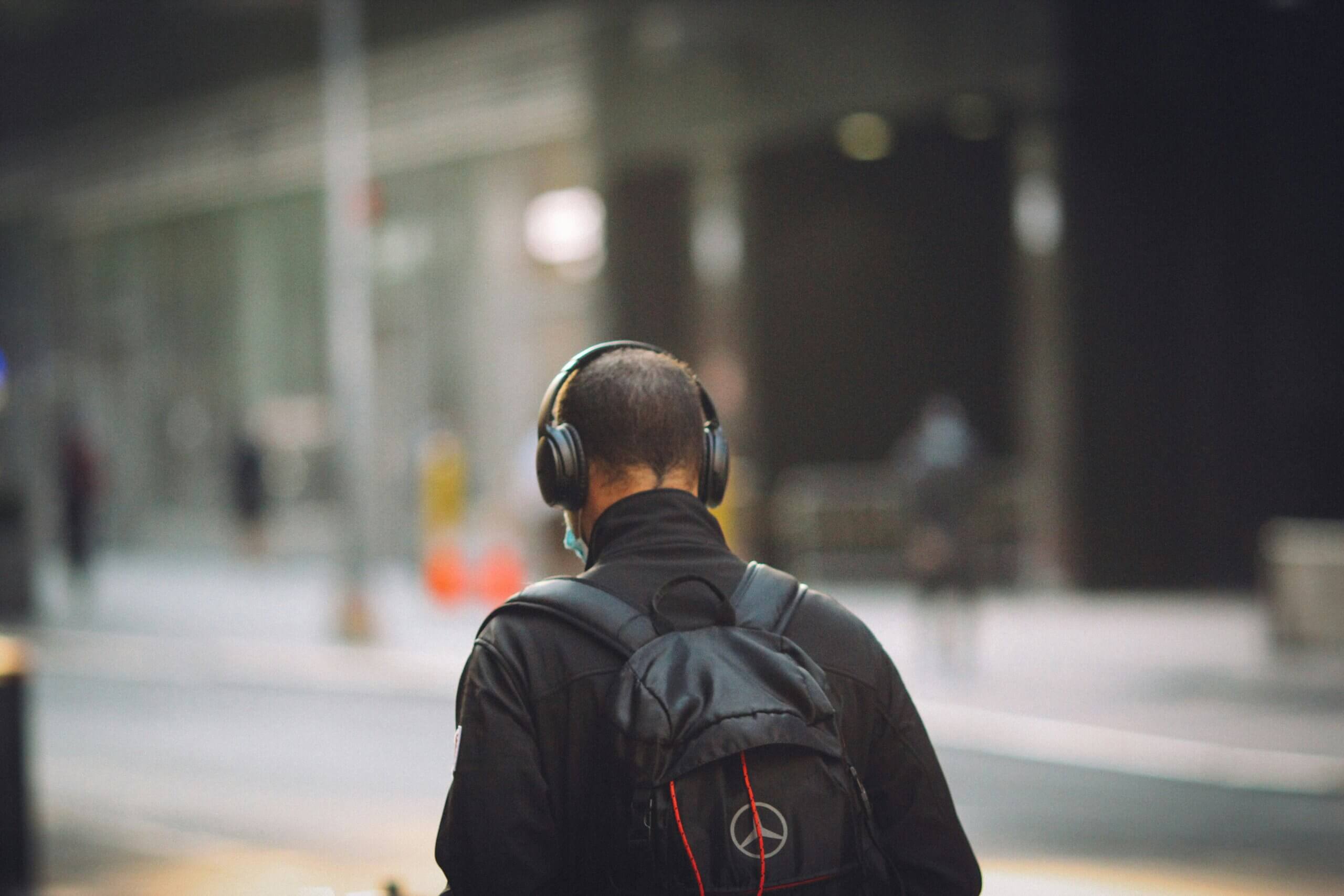From the Perspective of a Counselor:
Every week, in a quiet room where hope and pain often sat side by side, something truly powerful unfolded. It wasn’t a professional band or a polished studio session—it was my clients, people battling addiction, coming together to create music that told their real stories.
How the Music Came to Life
The songs we made didn’t come from hit lists or charts. They came straight from the hearts of the people I worked with. During our group music therapy sessions, each client anonymously chose a song that helped them stay strong in recovery or kept their darkest triggers at bay. We put those songs into a box, then played them one by one.
As the group listened, we guessed who might have picked each track. This simple act sparked connection and opened doors to conversation. Afterward, I asked everyone a question I found crucial: “What did I want out of recovery?” They shared brief but honest reflections—hopes, fears, goals, and dreams.
Using these heartfelt responses, I collaborated with ChatGPT to create an original song that captured the group’s shared spirit. Then, using an AI music tool called SUNO, we brought that song to life with rich sounds and expressive vocals—making the clients’ words into something real and moving.
Why We Did This
For my clients, this was much more than just making music. It was a lifeline:
- A Safe Outlet: It gave them a way to express feelings they often couldn’t put into words.
- Strengthening Their Resolve: Hearing their own hopes turned into a song made their commitment to recovery feel more real.
- Building Connection: The process fostered trust and support among peers who truly understood each other.
- A Lasting Beacon: Each session left behind a playlist—and a unique song—that reminded them what they were fighting for on tough days.
The Meaning Behind the Music
These songs became a mirror to where my clients were in their recovery. They captured the raw emotions, struggles, and victories of a moment in time. Because they were born from honest stories, these songs carried a kind of authenticity and power that nothing else could match.
What we ended up with was more than just a tune—it was a shared testament to resilience, courage, and vulnerability.
More Than Just a Tune
This method opened up new doors in therapy. It helped my clients feel more connected—to each other, and to their own recovery journeys. Music became a safe space to acknowledge the ups and downs, to express fears and hopes in a way that felt natural and unforced.
At the heart of it, this wasn’t just about writing songs. It was about helping people write their stories of healing—together.







